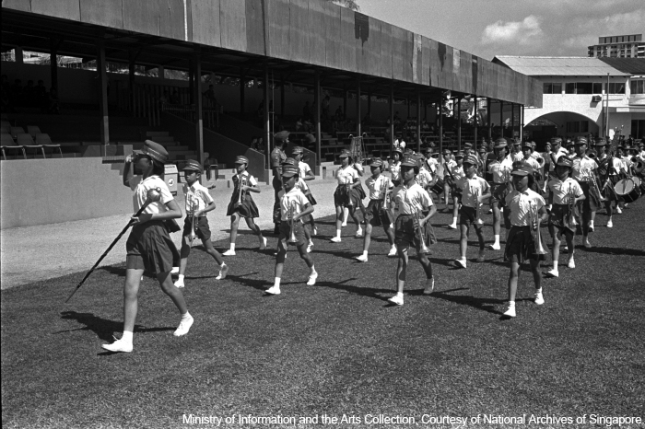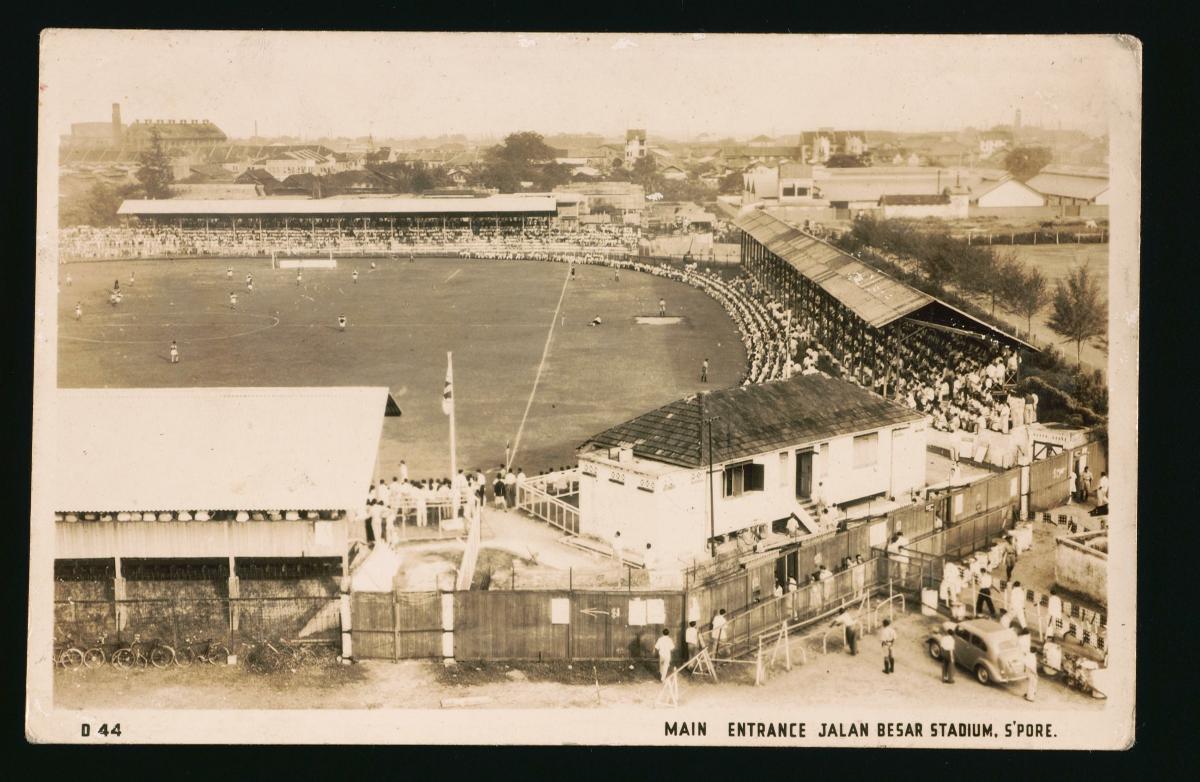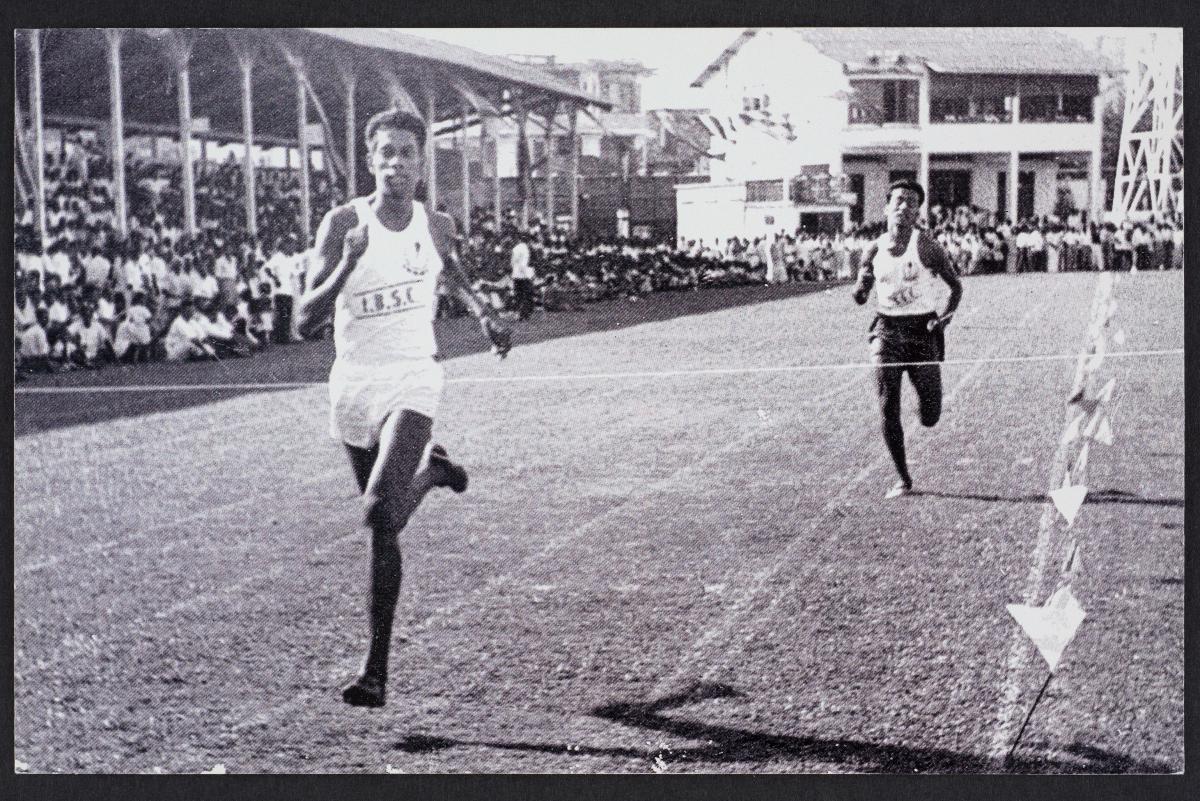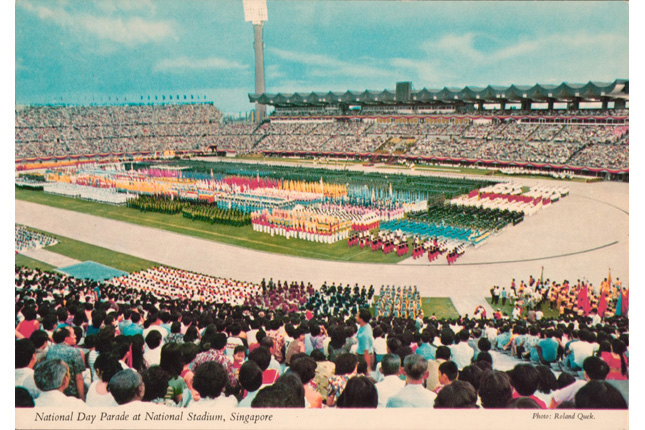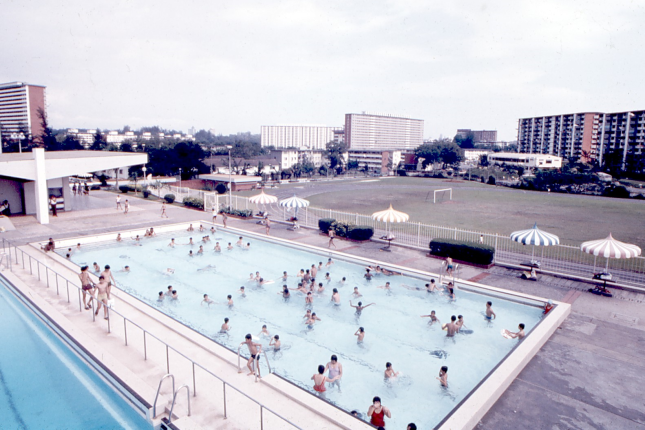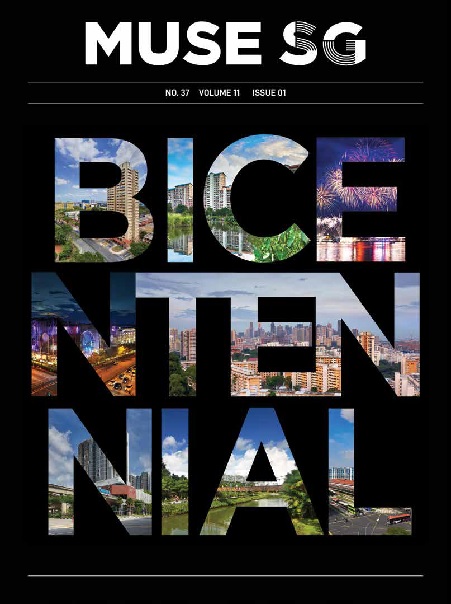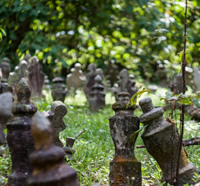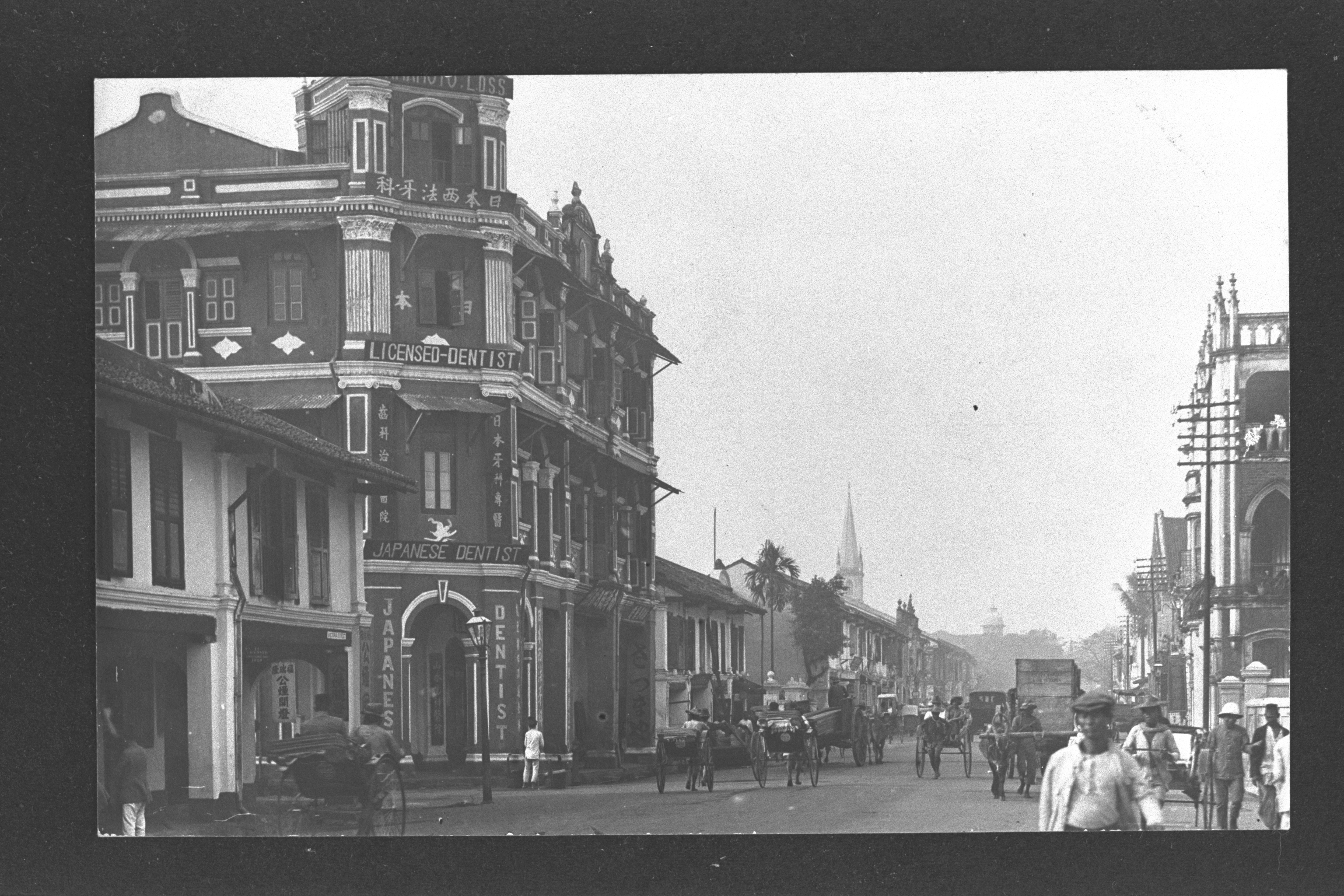Considered the birthplace of Singapore football, Jalan Besar Stadium opened in December 1929, hosting league matches that moved over from the older stadium at Anson Road. The very first game before a crowd of 7,000 took place on Boxing Day 1929, between the Malayan Chinese and Malayan Asiatics teams, with the former winning 3-2. For many decades, this stadium was the scene of pulsating soccer matches as well as stirring parades and festivals.
From 1948 to 1966, these grounds hosted Malaya Cup matches, and later, the Malaysia Cup tournament from 1967 until 1973, when the National Stadium was built at Kallang. Apart from football, hockey and rugby were also played here. The stadium also serves as the headquarters of the Football Association of Singapore (known as the Singapore Amateur Football Association from 1929-1966).
The original stadium was built on the site of a swamp filled with municipal refuse from the Jalan Besar incinerator and turfed with Serangoon grass, a local species of grass. The original playing field, measuring 110 x 73 metres and surrounded by a cinder running track, had to be raised by nine inches over a bed of ashes, earth and sand to keep it from flooding during heavy rains. There were three levels of concrete terraces for spectators with a seating capacity of 2,500 and standing space for 7,500 more.
During the Japanese Occupation, the stadium was a major Sook Ching screening site. It was also used as a language centre to teach the Japanese language to civilians. After the war, the stadium regained its status as a hub for community and national events and was the venue for the first Singapore Youth Festival in 1955; the first Singapore Armed Forces Day on 1 July 1969 and the National Day Parade in 1984.
The stadium was closed in December 1999 for a major rebuilding programme. The original playing pitch was retained and the new facility reopened as part of the Jalan Besar Sports and Recreation Centre in June 2003 with a seating capacity of 6,000. An adjacent hawker centre and carpark also made way for a public swimming complex.




